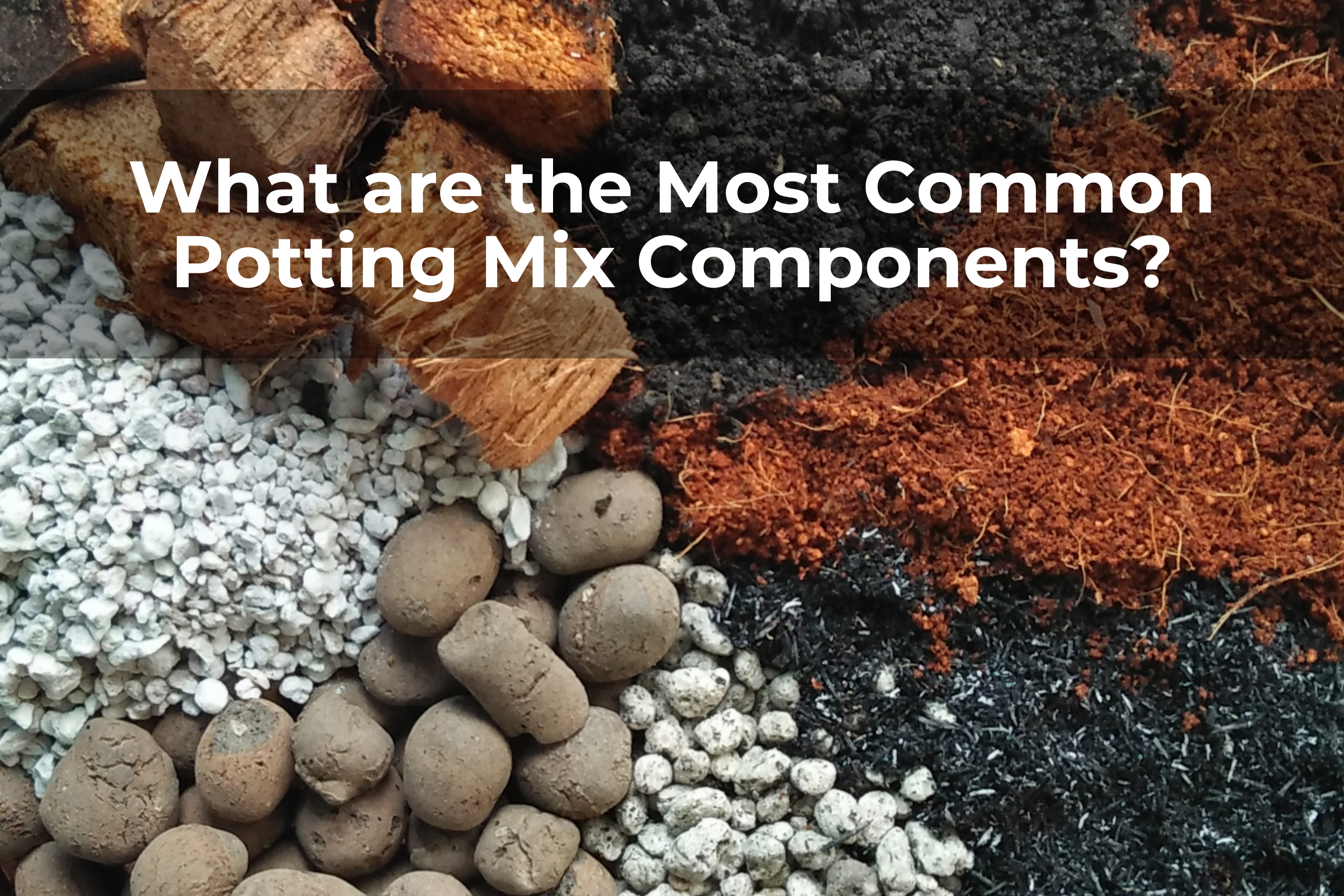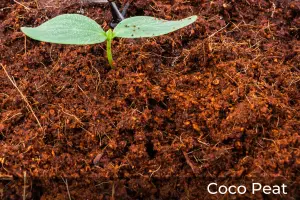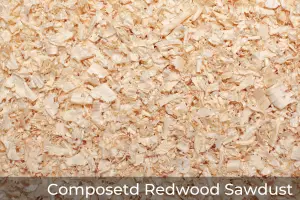Last Updated on August 16, 2022 by Real Men Sow
The most common potting mix components are organic particles, pores or spaces that can hold water and air. Organic matter, also known as soil, holds nutrients. For roots to thrive and survive, they need water and air in a potting mixture.
For nutrients to move from the soil to the roots, plants need to have air around them. The water that roots take up will draw nutrients into the plant. Micropores are small spaces in soil that contain water. Macro-pores are larger spaces in soil that contain mostly water.
Roots can’t draw nutrients from potting soil or soil that is too compacted. Good potting mixes should contain half water and half air. A potting mix should contain a lot of nutrients. You can also use the potting mix as a lighter alternative to garden soil. Pasteurized potting mix is free from weed seed, pests and microscopic worms.
Common Potting Mix Components:
Vermiculite
This is a form of mica rock which has been heated rapidly to around 2,000°F (1,093°C). The mineral’s moisture turns to steam, which causes the rock to become small, spongy pieces. Vermiculite is capable of absorbing many times its weight in nutrients and water. It keeps a container moist and has a neutral pH.
Perlite
These are from whitish volcanic rocks. It can be quickly heated to 1,800°F (982°C) and popped into small kernels. Perlite retains moisture on its surface but doesn’t absorb it. People use perlite in potting mixtures to create tiny pockets between soil particles, allowing oxygen to penetrate the mix. Plant root survival requires oxygen. Perlite does not add nutrients to the mixture and has a neutral pH.
Peat Moss
The bog plant is mostly harvested in Canada. It is a slowly renewable resource, as peat bogs have formed over hundreds of years. Peat moss is a rich source of water and air, holding several times as much as its weight. Peat moss is slow to degrade and provides little nutritional value. It has a pH between 3.5 and 4.5.
Limestone (either dolomitic or calcitic)
Calcium helps counter the acidity of peat moss. Dolomitic limestone also contains magnesium.
Coco Peat, or Coir
These are recycled coconut shells that can hold up to a third of their weight in water, more than peat moss and also retain air. Use coco peat as a substitute for peat moss in potting mix. It has a pH range of 5.7-6.8. Coir is available in compressed bricks, which must be soaked in warm water before being used.
Ground Fir or Pine Bark and Composted Redwood Sawdust
Groundwood particles are used to add texture and body to a potting mixture and anchor roots. Some nutrients are contained in wood particles.
Nutrients from Fertilizer
Sometimes, the potting mix can include a complete, all-purpose fertilizer. A complete fertilizer have all three of the major nutrients for plants, namely nitrogen, phosphorus and potassium (also known as NPK). Common all-purpose fertilizers would have 10% nitrogen, 10% phosphorus and 10% potassium. The remainder would be an inert substance. This fertilizer would be called 10-10-10.





